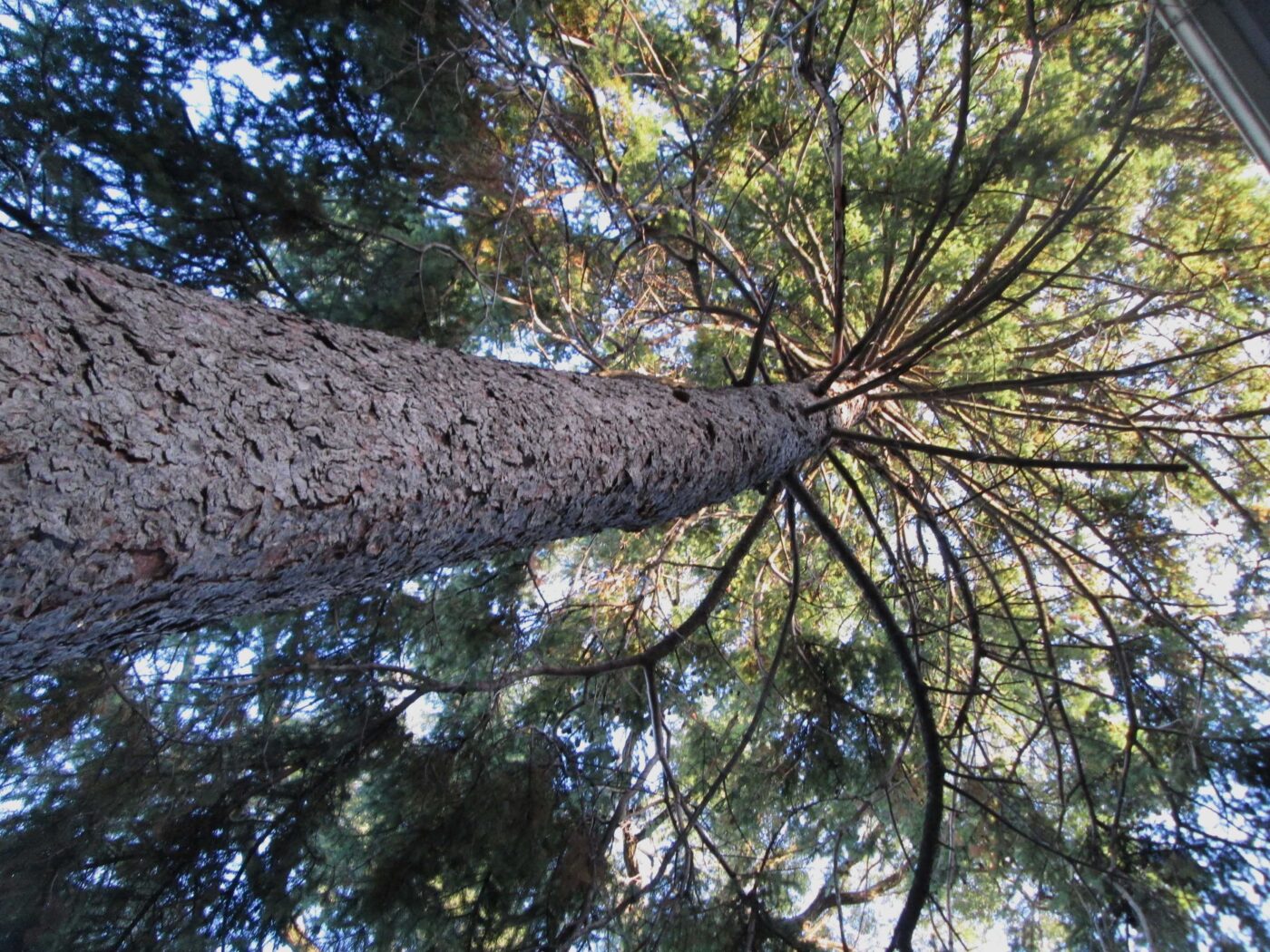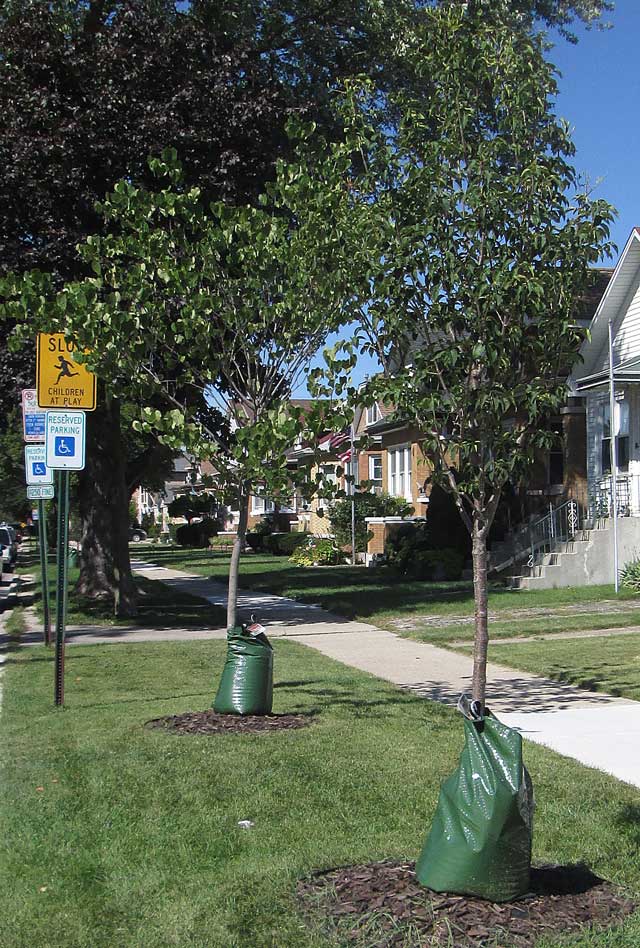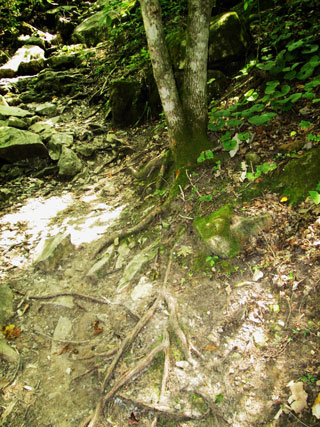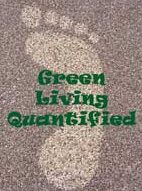
My Experience
I love trees! I have planted fruit trees and enjoyed harvests in my front and back yards. If you do go for a fruit tree, do know that you may need professional or experienced neighborly advice from time to time to keep fruit trees healthy. I selected name fruits, and in hindsight probably should have selected trees that were easily maintainable and naturally healthy. Fertilization may be helpful or harmful: I have had some years so fruitful that tree branches broke, so it is important to ensure that you allow only a couple of larger fruits per branch. Also, keep the area clean to avoid mold, disease, and harmful worms and insects. Neighbors are always willing to take or trade extras, and I have also brought extra perishable fruit to food banks.
I have also coordinated tree planting on our block with the neighbors and city. This helped beautify our block. Both individual and community tree-planting actions serve as an annual carbon sequestration project with side benefits. Towns or cities tend to know which trees do well in your area, and it is good to listen before selecting. It is also good to diversify the types of trees, so that diseases do not easily spread. Tree care for shade trees is also important, as noted below.
Benefits of Trees
Trees remove carbon and provide oxygen. Once planted, benefits continue for years and increase as the trees grow. Additional benefits include:
- Providing shade, thereby reducing air conditioning costs
- Sequestering carbon in the tree’s biomass and its soil
- Increasing the value of your home and all homes in your neighborhood by improving neighborhood attractiveness
- Cleaning the air of pollutants, particularly useful for those with asthma and allergies
- Providing edible fruit or nuts, if so chosen
- Providing privacy from neighbors
- Reducing flooding
- Providing habitat for birds, squirrels and other wildlife.
Notice that poorer neighborhoods tend to have fewer trees, while wealthier neighborhoods have more. It is estimated that trees raise the property value of your home by 3.5-15% and a western-placed tree can save in cooling costs 3% in 5 years and 12% by year 15 (Yale, 2022). Trees near your home can reduce flooding – or increase it if a tree is cut down. If basement flooding is an issue, some bushes grow faster than trees and may be a stopgap while a tree is growing. However, trees need to be in good shape. Trees native to your area tend to adapt to local conditions better and live longer.
Your Choices
| Action Choices and Links |
| Measuring Trees Carbon Sequestration |
| Plant a Tree on Your Property |
| Plant Tree(s) in A Community |
| Plant Large Bush(es) |
| Protect Young Trees’ Bark During Winter |
| Water Your Tree(s) Twice Weekly for Two Years |
Measuring Trees’ Carbon Sequestration
| Tree circumference at 4.5 feet (1.37 meters) off ground | Kilograms CO2 saved per tree, per year |
| < 10 inches | 6.9 |
| 10-19.99 inches | 10.03 |
| 20-29.99 inches | 14.4 |
| 30-39.99 inches | 20.32 |
| 40-49.99 inches | 28.02 |
| 50-59.99 inches | 37.53 |
| 60-69.99 inches | 48.57 |
| 70-79.99 inches | 60.47 |
| 80-89.99 inches | 72.32 |
| 90-99.99 inches | 83.23 |
| 100-109.99 inches | 92.58 |
| >110 inches | See: www.carboncalculator.ncsu.edu/Trees.aspx |
| 100 square feet lawn grass | 0.84 |
North Carolina has a calculator to calculate greenhouse gas savings for multiple trees, all size (including larger) trees, as well as lawn carbon sequestration. See: http://www.carboncalculator.ncsu.edu/Trees.aspx. Table 2 was taken from this site.
Plant a Tree on Your Property
You may choose to plant trees at your home or work with your city to plant trees in the parkway (between curb and sidewalk). Cities prefer shade trees (not fruit or nut trees) in parkways, so consider planning fruit or nut trees in your backyard – and enjoy peaches, apples, pears, cherries, oranges, lemons, limes or other fruit hidden on your property! Some fruit trees require two trees to cross-pollinate and produce fruit, so check before buying.
Plant Tree(s) in A Community
Your community government may subsidize shade trees in the parkway. We lost a lot of trees on our block, and I coordinated with neighbors to add trees in front of their houses. This was subsidized by my community (thank you River Grove) and myself. The city planted the trees professionally and purchased bigger trees at discounted costs. The year we planted trees, the city volunteered to include water bags around the trees – as shown below. These leak water in a continual way, helping to water these trees during the critical first two year period.
Plant Large Bush(es)
Large bushes can grow sufficiently large to serve as a privacy screen between neighbors, soak up flood water, and grow faster than many trees. Carbon sequestration is likely good for larger perennial bushes, but to date I have not found numbers. As an example, the American Hazelnut shrub is host to 112 butterfly and moth species (Dubina, 2020), but it can be a challenge to get to the nuts before the squirrels do.
Protect Young Trees’ Bark During Winter
It is also important to protect the base of the tree from hungry rabbits or animals that eat bark on young trees during winters. Bark removal enables insects to damage and kill the tree. Use metal or plastic tree guards, fencing or tape help to protect young trees.

Water Your Tree(s) Twice Weekly for Two Years
When planting trees, it is necessary to water them preferably twice weekly for two years, particularly in spring, summers and fall. Trees do not need to be watered during cold winters, when they are dormant. If trees are not sufficiently watered, they will seek out water where they can find it: e.g., sewer pipes in your yard and/or shallow roots to collect rain water. The picture below shows exposed roots that may exist due to insufficient water or land erosion.

References
Carbon storage by trees. North Carolina State Turf Management and Research. From: http://www.carboncalculator.ncsu.edu/Trees.aspx.
Yale, Aly J. (2022) Want to Boost the Value of Your Home? Plant a Tree — Right Now. Money, Jul 11, 2022. From: https://money.com/boost-value-of-home-with-trees/.
Dubina, Keriann (2020) Best Native Shrubs for Your Yard. Forest Preserve District of DuPage County. From: https://www.dupageforest.org/blog/best-native-shrubs.
